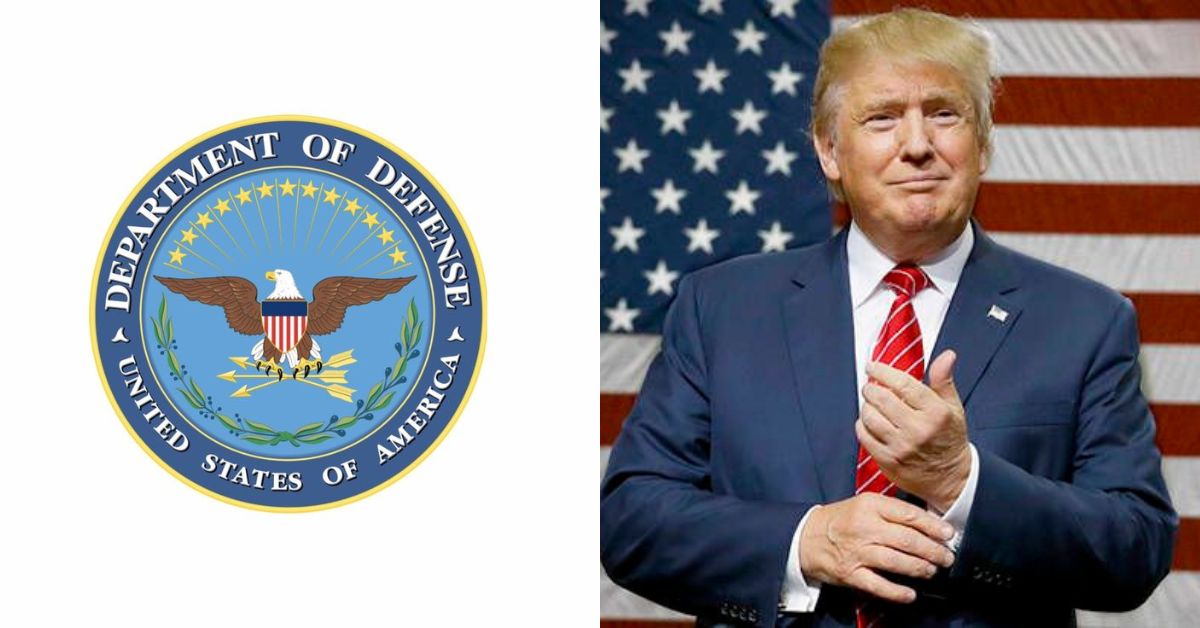On August 31, 2025, a U.S. Court of International Trade ruling declared tariffs imposed under the International Emergency Economic Powers Act (IEEPA) unlawful, undermining a key revenue stream that generated $28 billion in July alone. This decision, which affects tariffs on China, Canada, and Mexico, reduces the effective tariff rate from 13–14% to about 5%, according to J.P. Morgan analysts. The ruling, currently under appeal, may force the U.S. Treasury to issue more bonds to cover the fiscal shortfall, potentially increasing long-term yields, with the 10-year Treasury yield already at 4.38% after recent volatility. Analysts warn of bond market turbulence, as seen in April 2025 when yields spiked to 4.59% due to tariff-related uncertainty. With the U.S. trade deficit at $1.02 trillion in 2024 and a cooling economy, this development warrants a full impact analysis across state and local governance, national governance and politics, economy and trade, international relations, and people’s daily life and society.
Impact Analysis:
1.Impact on State / Local Governance
Budget constraints: Reduced federal tariff revenue may limit grants to states like California and New York, forcing cuts to local programs like infrastructure or education.
Increased borrowing costs: If Treasury yields rise, states issuing municipal bonds could face higher interest rates, increasing costs for projects like schools or roads.
2.Impact on National Governance & Politics
Fiscal policy pressure: The loss of $28 billion in monthly tariff revenue may push the administration to seek alternative revenue sources or spending cuts, intensifying budget debates in Congress.
Political fallout: The ruling could weaken Trump’s tariff-driven economic strategy, prompting criticism from opponents and calls for legislative fixes to restore revenue.
3.Impact on Economy & Trade
Bond market volatility: Increased Treasury issuance to offset the $28 billion revenue loss could push 10-year yields above 4.38%, raising borrowing costs for businesses and consumers.
Trade policy shifts: A reduced tariff rate from 13–14% to 5% may lower import costs, potentially easing the $1.02 trillion 2024 trade deficit but risking inflationary pressures.
Corporate borrowing strain: Higher yields could widen corporate bond spreads, with investment-grade spreads already at two-year highs, limiting business investment.
4.Impact on International Relations
Trade negotiations leverage: The ruling weakens U.S. tariff leverage, potentially easing tensions with China, Canada, and Mexico but complicating talks for new trade deals.
Global investor confidence: Foreign investors, holding $8.5 trillion in U.S. Treasuries, may sell off bonds if yields rise, further eroding trust in U.S. assets as a safe haven.
5.Impact on People’s Daily Life & Society
Higher borrowing costs: Rising Treasury yields could increase mortgage rates from 6.56% to 7%, adding $100–$200 monthly to a $400,000 loan, straining household budgets.
Consumer price relief: Lower tariffs may reduce goods prices by 1%, saving households $1,300 annually, but potential yield-driven inflation could offset these gains.
Latest Government Data / Stats
- Tariff revenue: Tariffs generated $142 billion in revenue by July 2025, with $28 billion collected in July alone. (Source: U.S. Census Bureau, August 2025)
- Treasury yields: The 10-year Treasury yield stood at 4.38% in mid-August 2025, down from a peak of 4.59% in April. (Source: U.S. Department of the Treasury, 2025)
- Trade deficit: The U.S. goods trade deficit was $1.02 trillion in 2024. (Source: U.S. Census Bureau, 2025)
Largest Impact Area: Economy & Trade
The economy and trade sector will likely face the largest impact due to the direct effect of the $28 billion monthly tariff revenue loss on fiscal policy and bond markets. Increased Treasury issuance to cover the shortfall could push 10-year yields above 4.38%, raising borrowing costs for businesses and consumers, with corporate bond spreads already at two-year highs. The reduced tariff rate may ease the $1.02 trillion trade deficit but risks inflation, potentially offsetting consumer savings of $1,300 annually. The April 2025 bond market turmoil, with yields hitting 4.59%, underscores the market’s sensitivity to tariff policy changes, making this the most critical impact area.
Conclusion: The court ruling slashing $28 billion in July tariff revenue threatens bond market stability and fiscal policy, potentially raising borrowing costs. It may ease trade tensions but risks inflation, requiring careful economic management.
Author
-

Marcus Hale is a finance professional turned content creator who specializes in personal finance, stock market analysis, crypto trends, and smart investing strategies. Known for simplifying complex financial concepts, Marcus helps readers make confident money decisions. Whether you’re budgeting, investing, or tracking global markets, Marcus delivers timely advice with clarity and authority.






